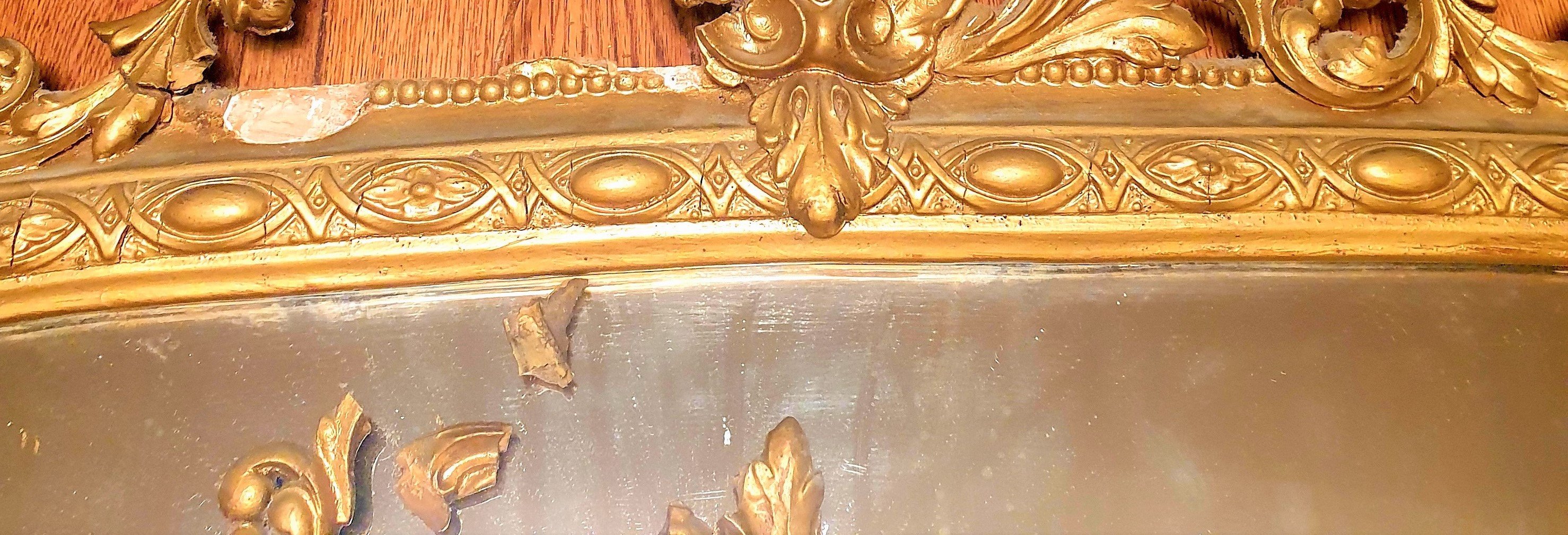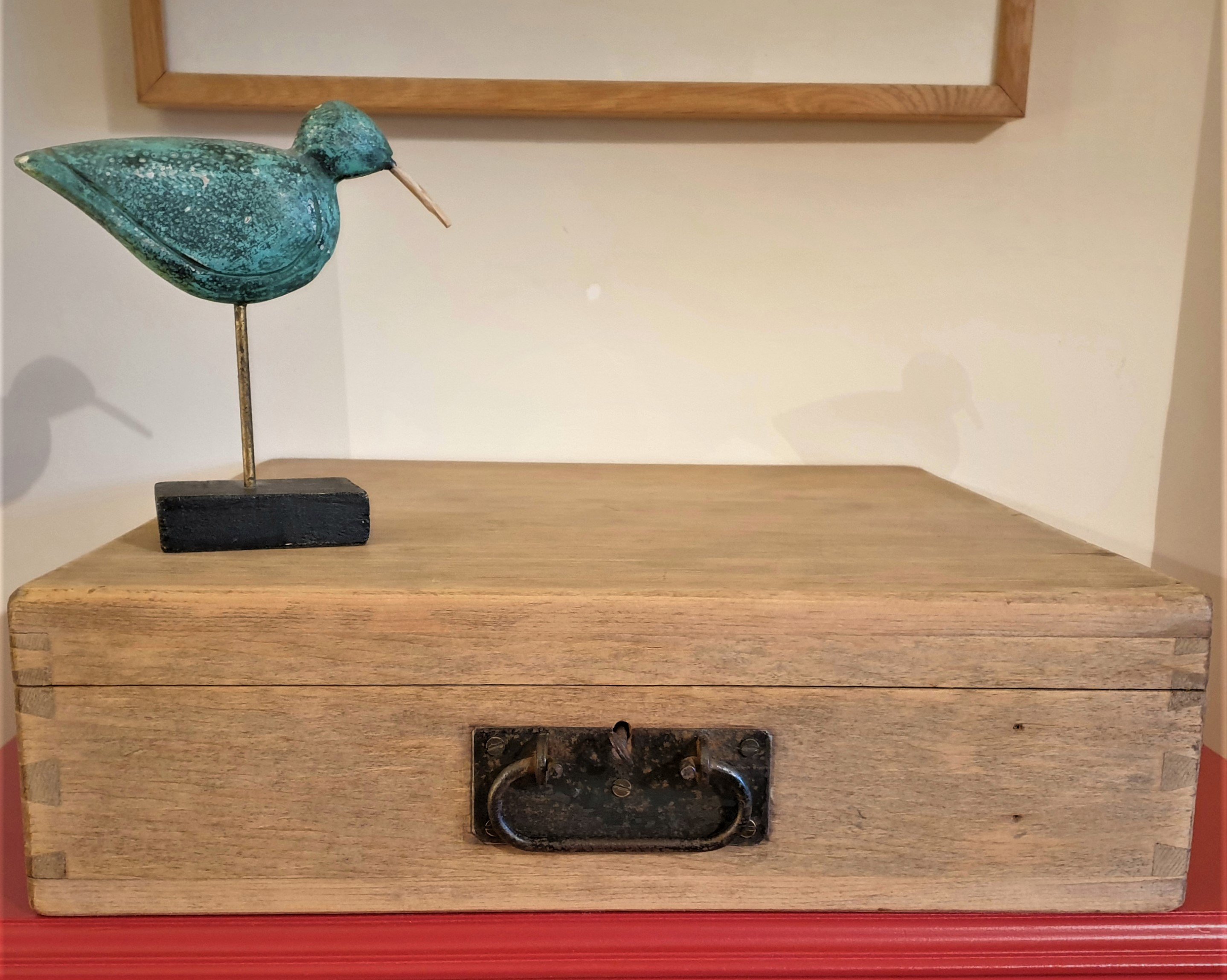The best things come in threes - a trio of restoration projects

This antique mirror came to me in pieces, a perfect restoration project to tackle.
I look at broken pieces as a scene of deconstruction, not destruction. They are a jigsaw to put together. Damaged sections are witness marks to a journey from house to house through the ages, with a provenance of inheritance, wanted and unwanted, sale and resale, in the constant tide-changes of interior design.
For me, restoring a piece like this is about celebrating the imperfections, not recreating a brand-new version of what went before. It’s not about hiding the scars. It’s a classic case of beauty in the eye of the beholder.
I loved that the exposed wire taught me how the moulded plasterwork was held in place. I loved that the missing pieces would always keep me guessing. I loved finding the right gold to bring the faded gilt frame to life again. Best of all, I loved trying out different places in the house for the mirror to reflect on its new life.

These decorative wooden letters were found in a dusty box in the far corner of a vintage emporium. The only other letter that was available to make up a word was a G – so I had to think outside that particular box!
The rusty heart was hanging outside a shop just a few steps further along the same road. It was quite simply love at first sight and paired with the two letters; it says it all.
The rustic garden green heart is going to stay as it is. The letter I has been painted with chalky Farrow & Ball Mole’s Breath, and the T with satin finish Rust-Oleum cobalt blue. This trio of shapes, colours, and textures is the perfect love match.
They are going to decorate a whitewashed courtyard wall, to give an arty twist to an oasis of olive, fig, and wisteria. An installation that speaks for itself. I love it.

Project number 3 is under lock and key for the moment! The understated box has been stored inside a 17th-century Armada Chest for 40 years or more.
It came to light again recently and is waiting in the wings for a careful touch.
It has escaped the penchant for varnish which repels the nourishment of natural wood oil (Shellac varnish was the fashionable treatment for fine furniture up to the 1920s and 1930s). It has avoided the irreversible wood stain treatment, and its rather unique hiding place has kept it cool whilst 21st-century central heating has unkindly split previously intact antique furniture.
Watch this space!